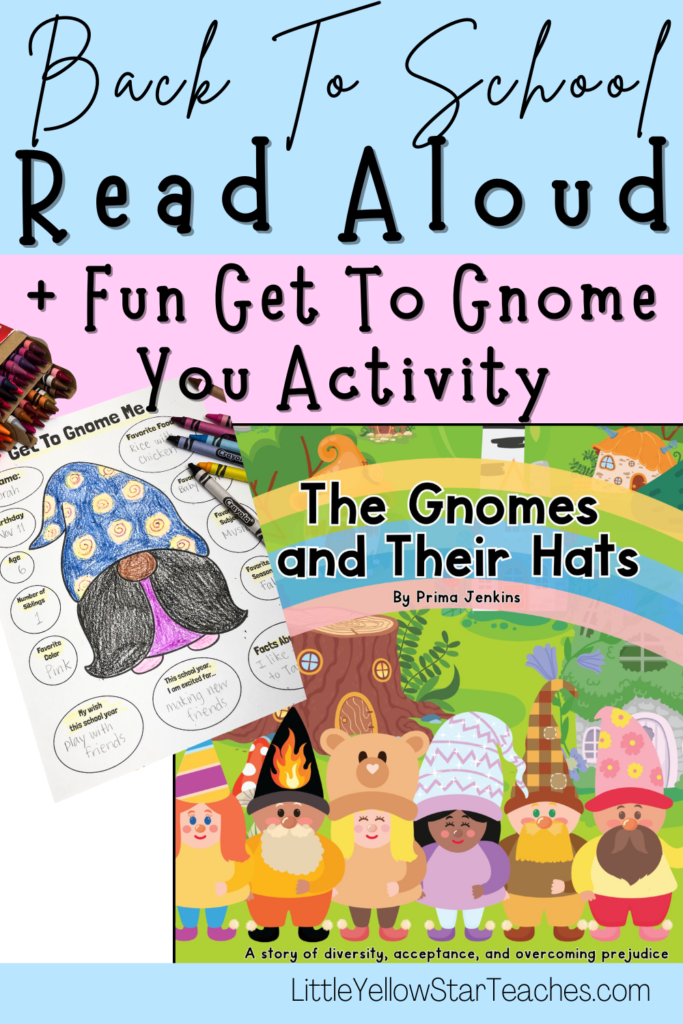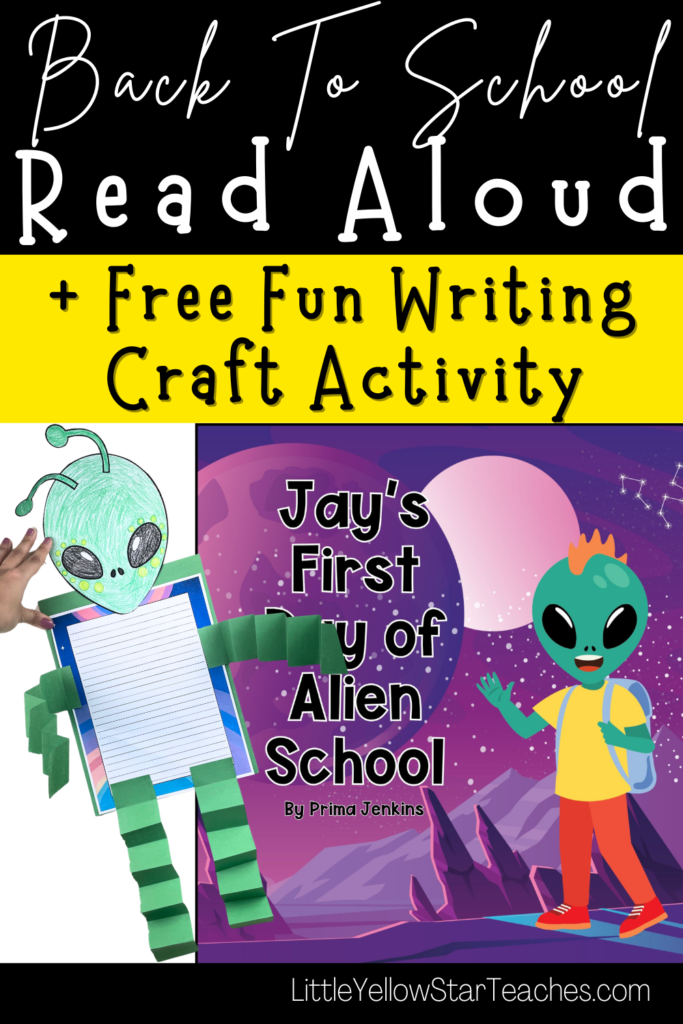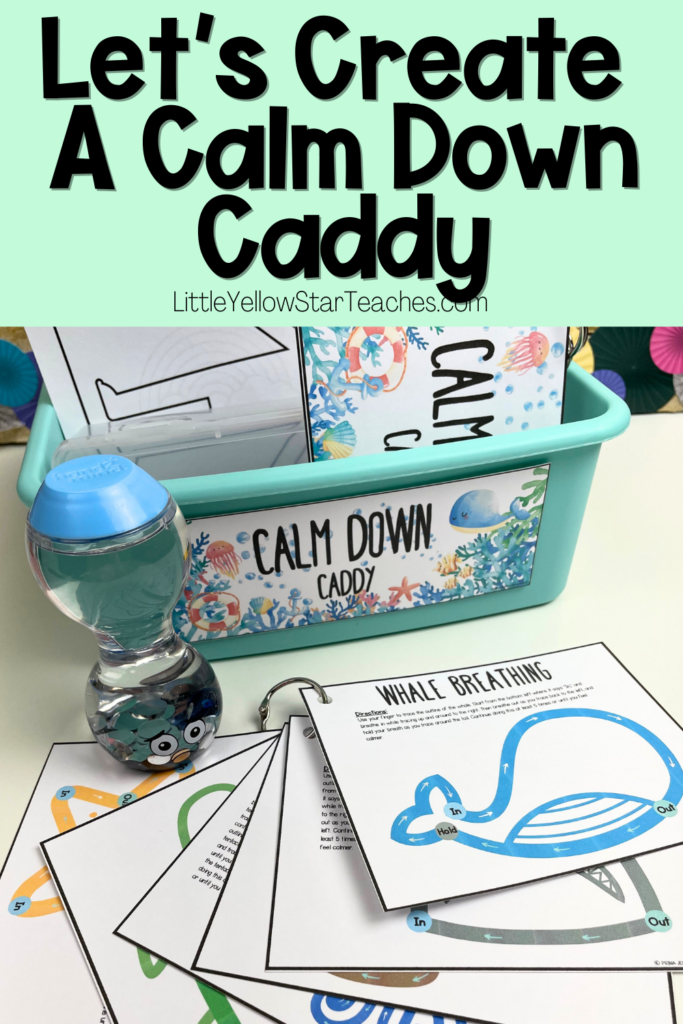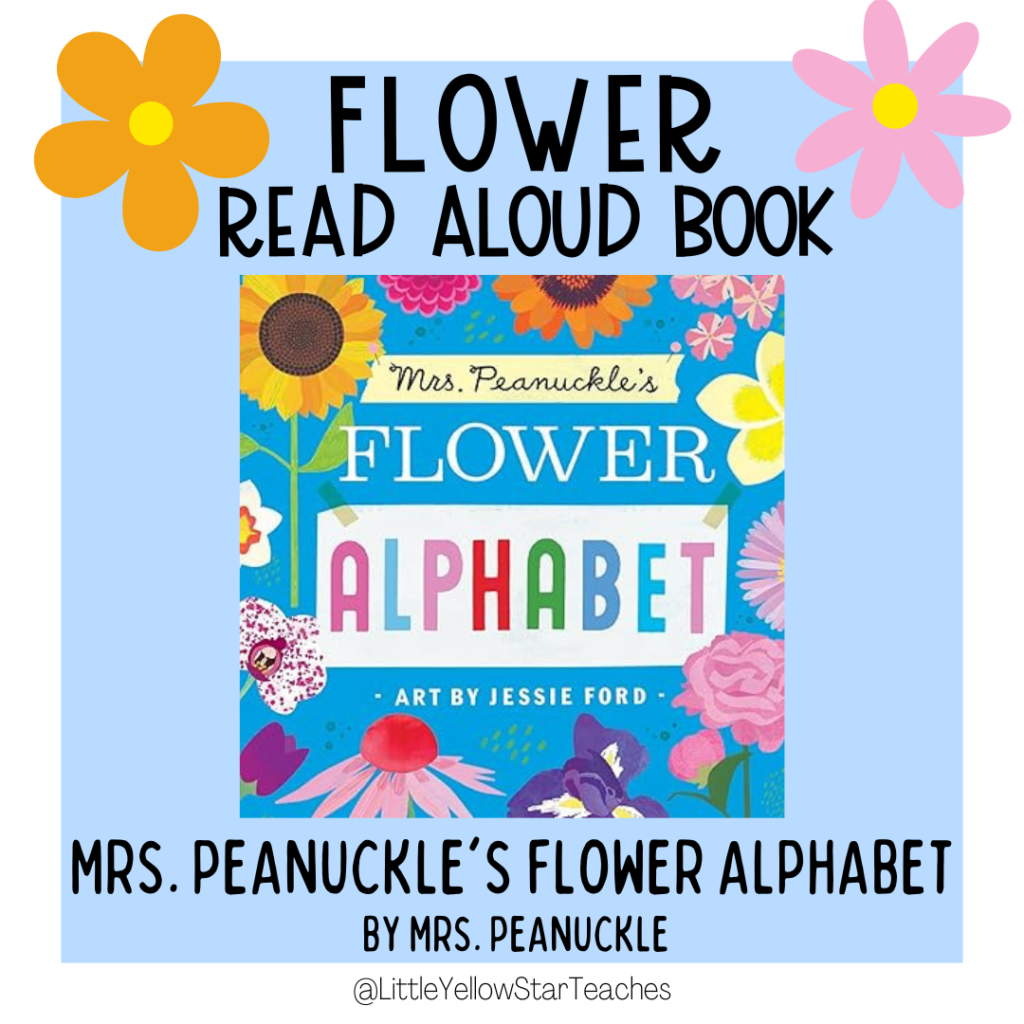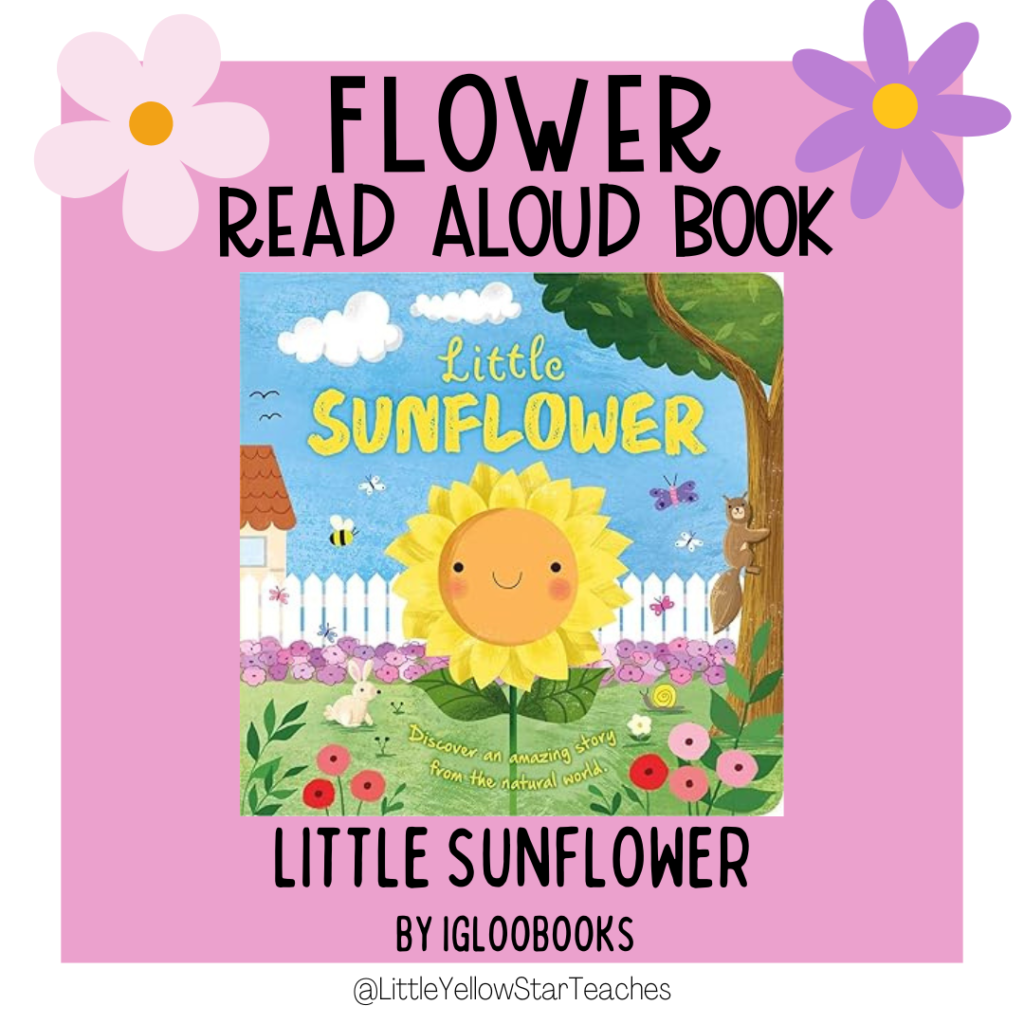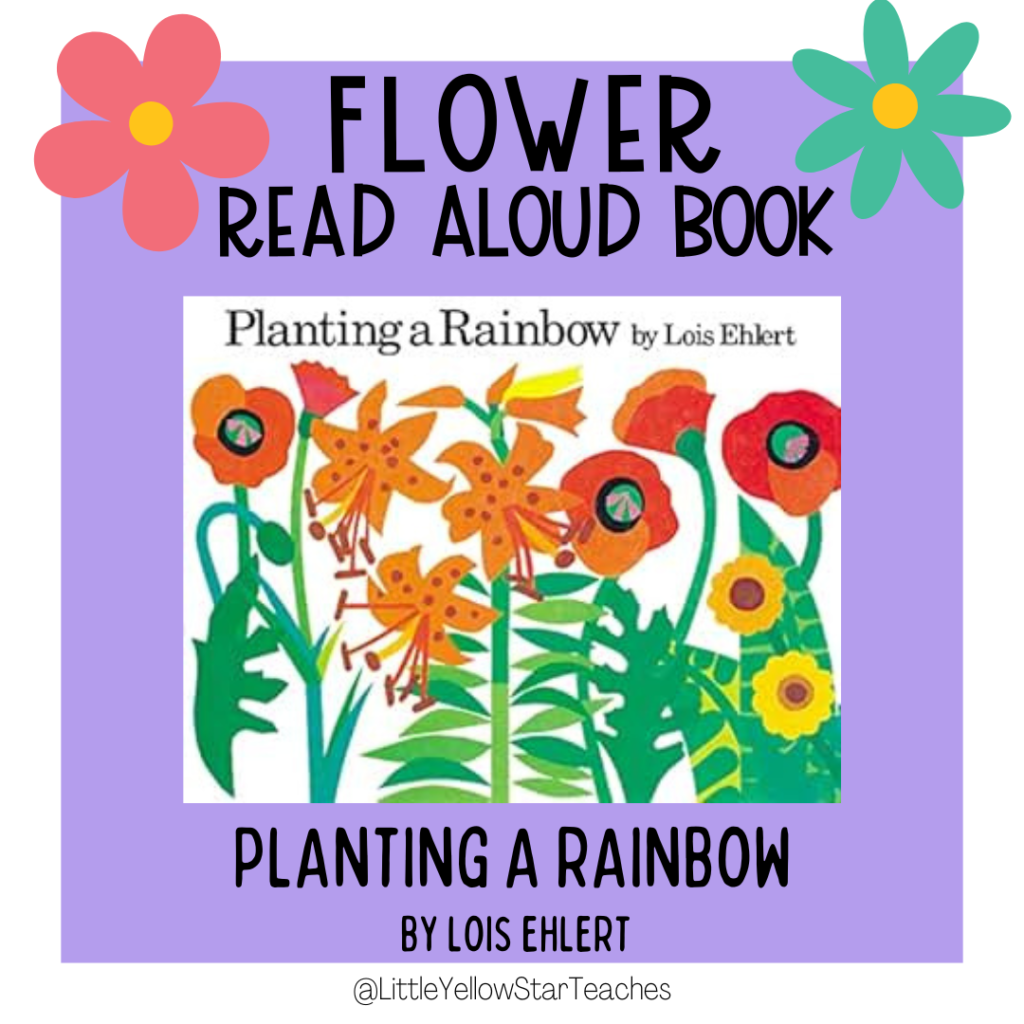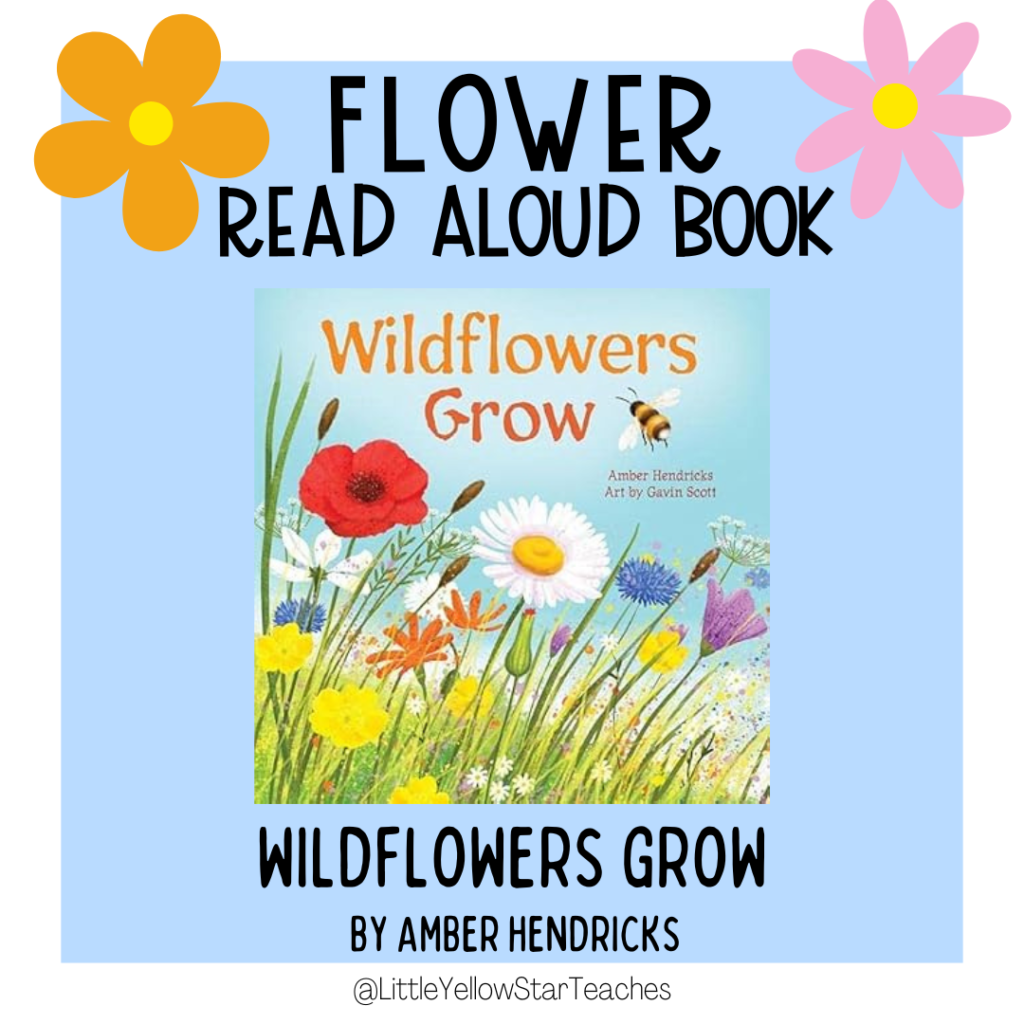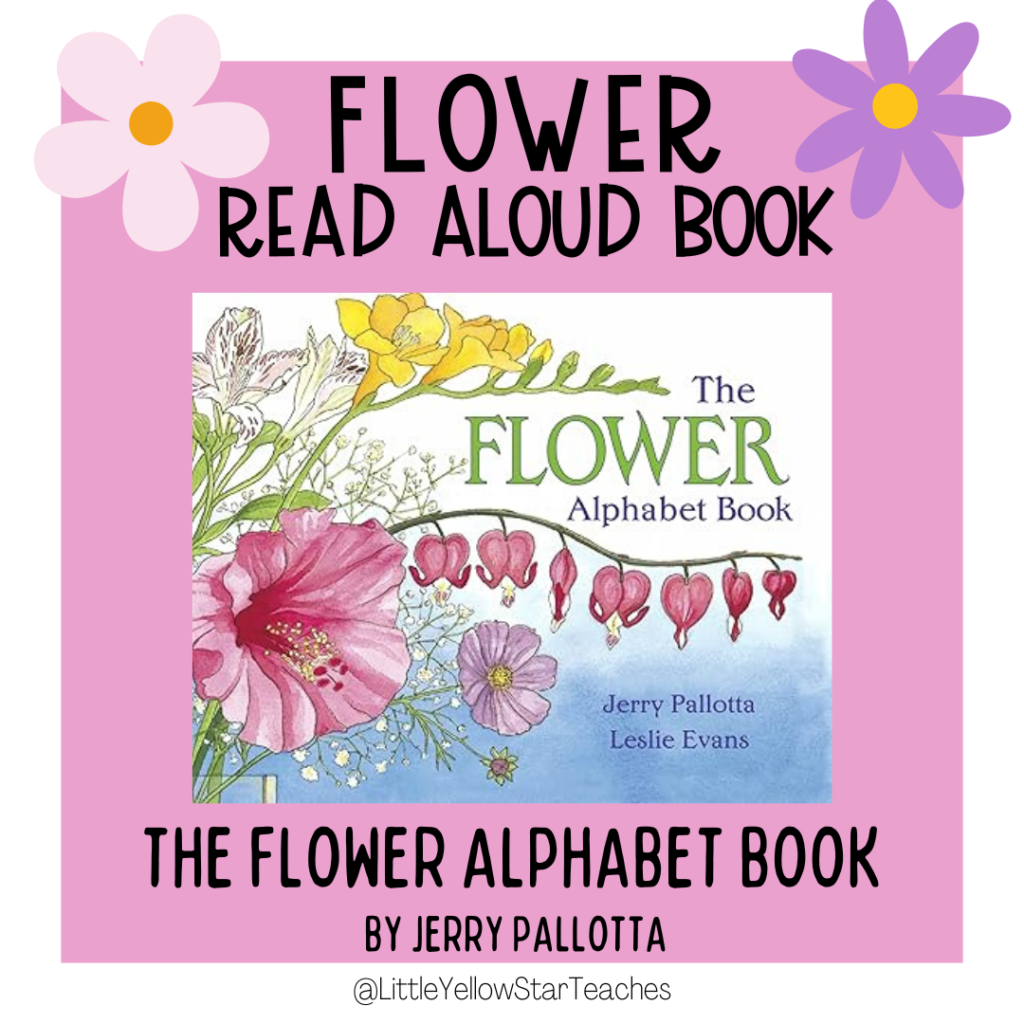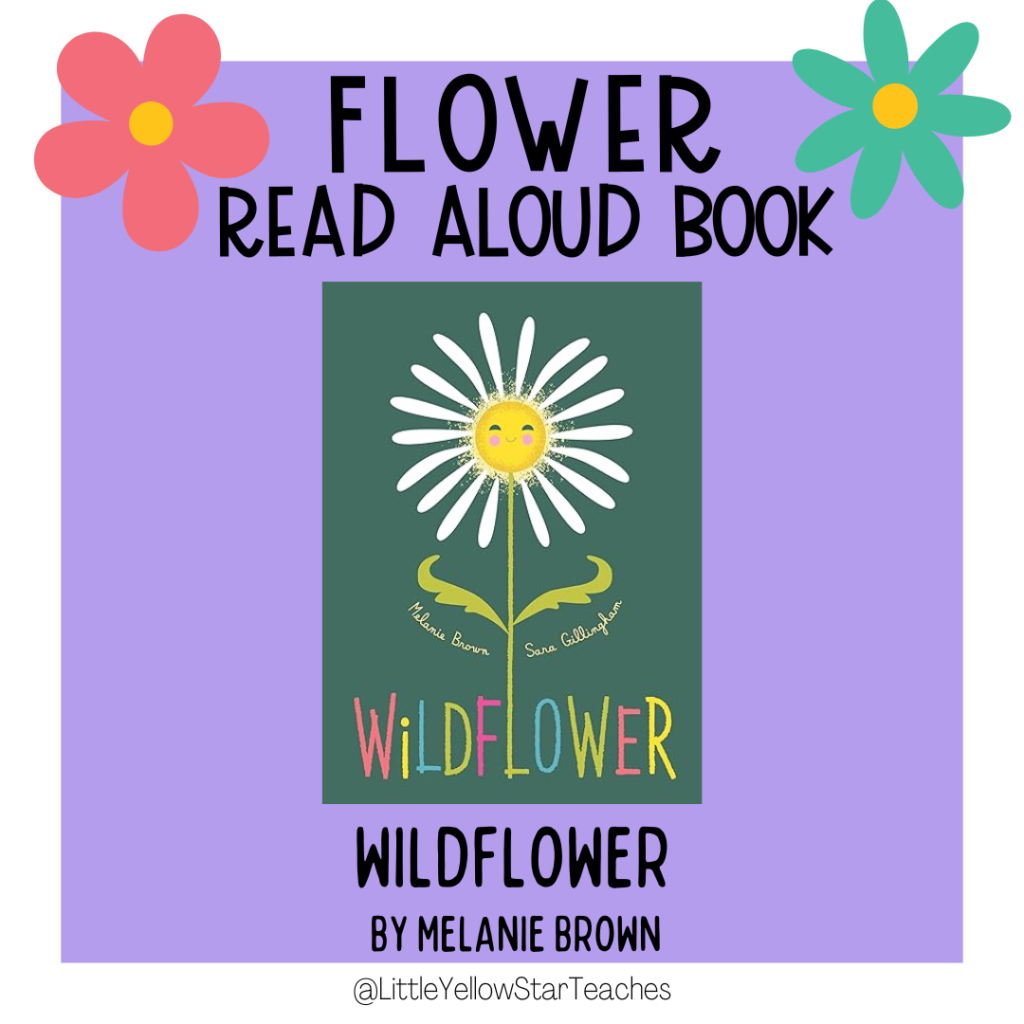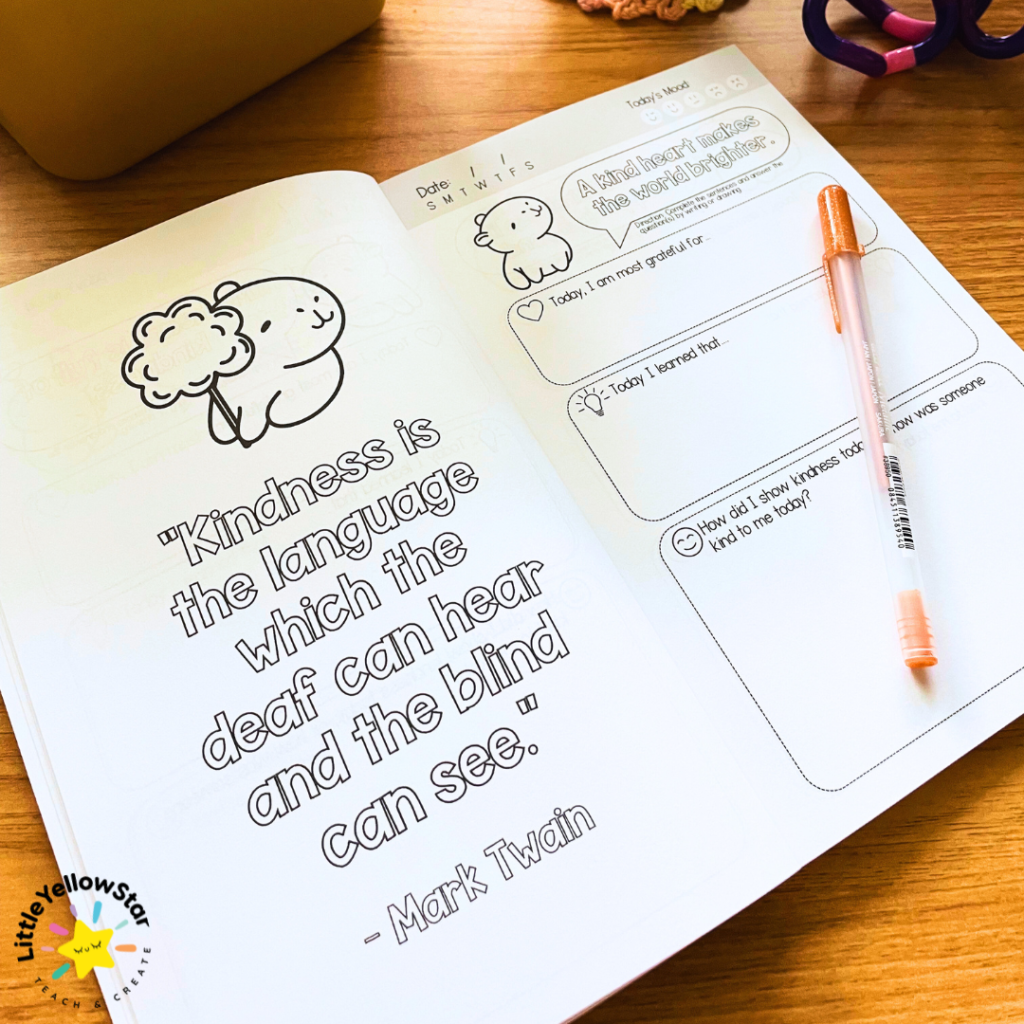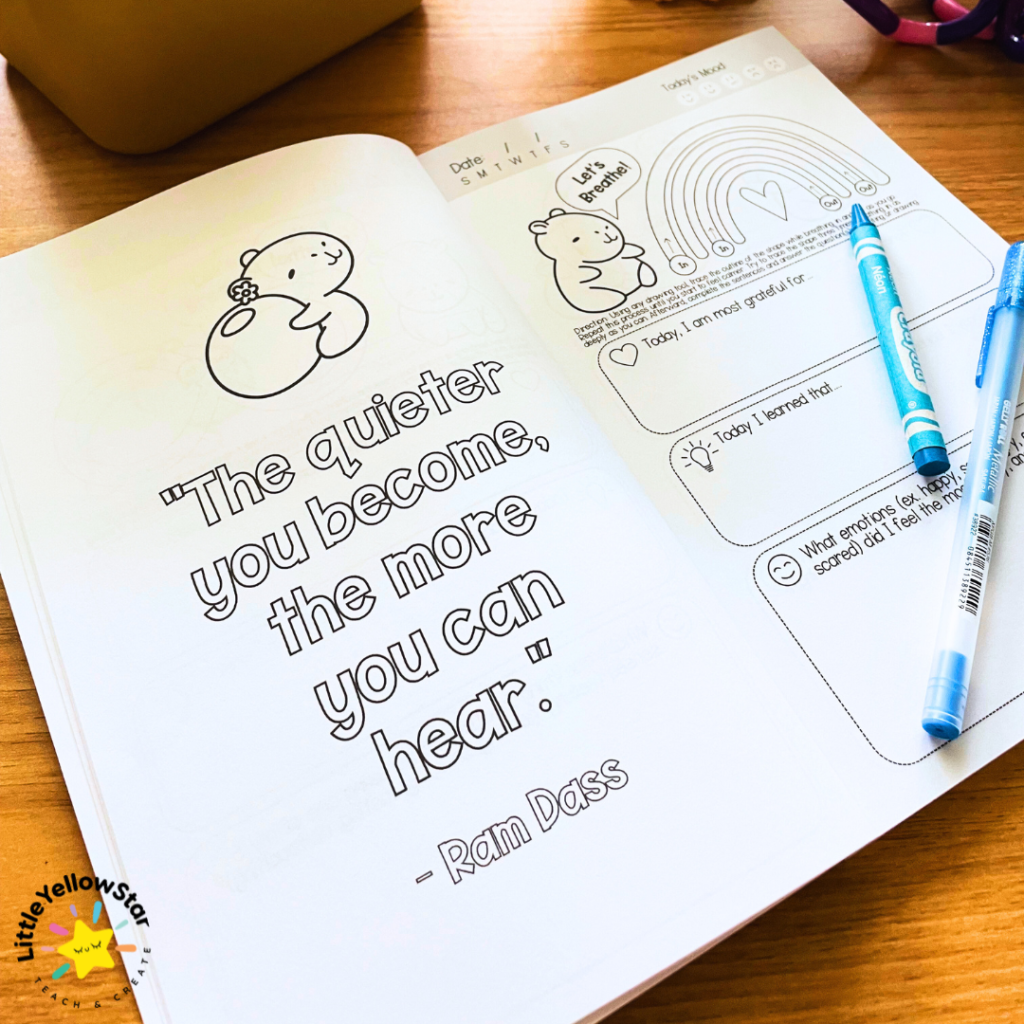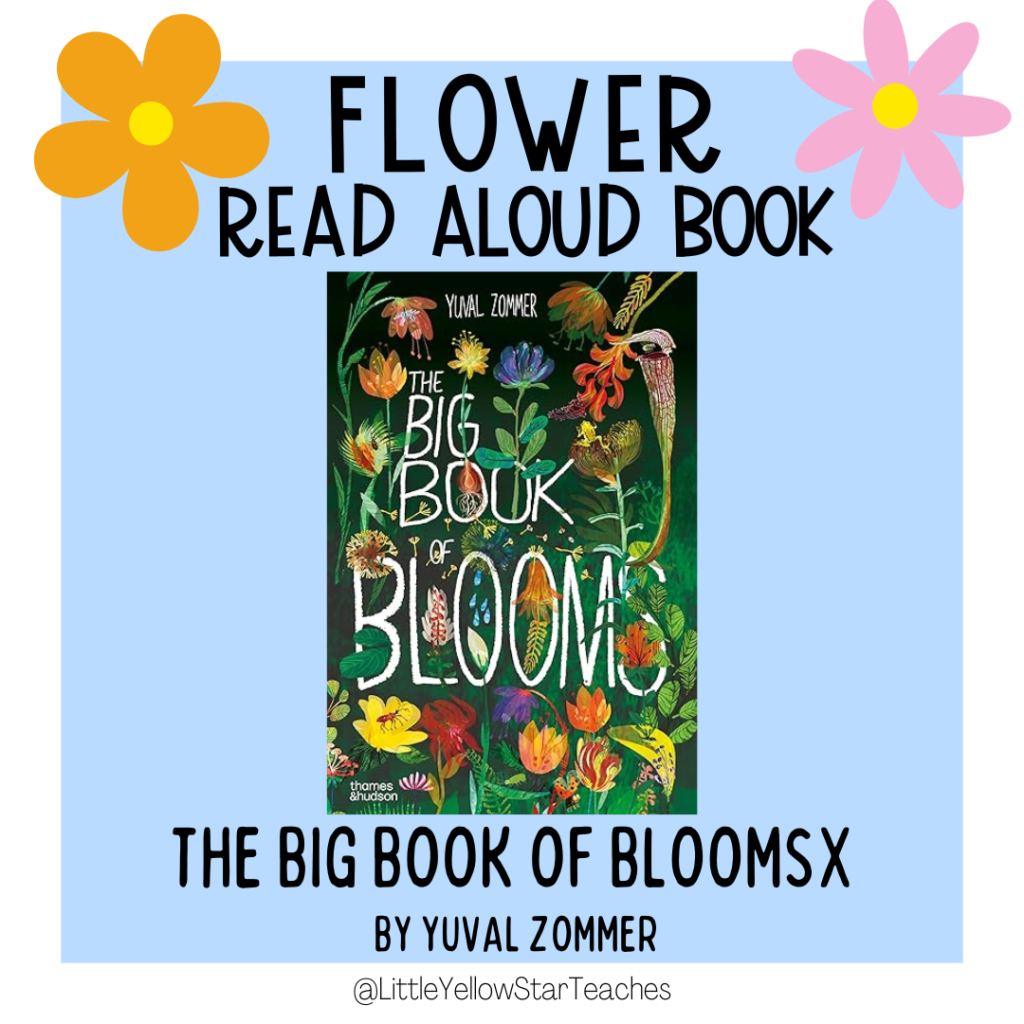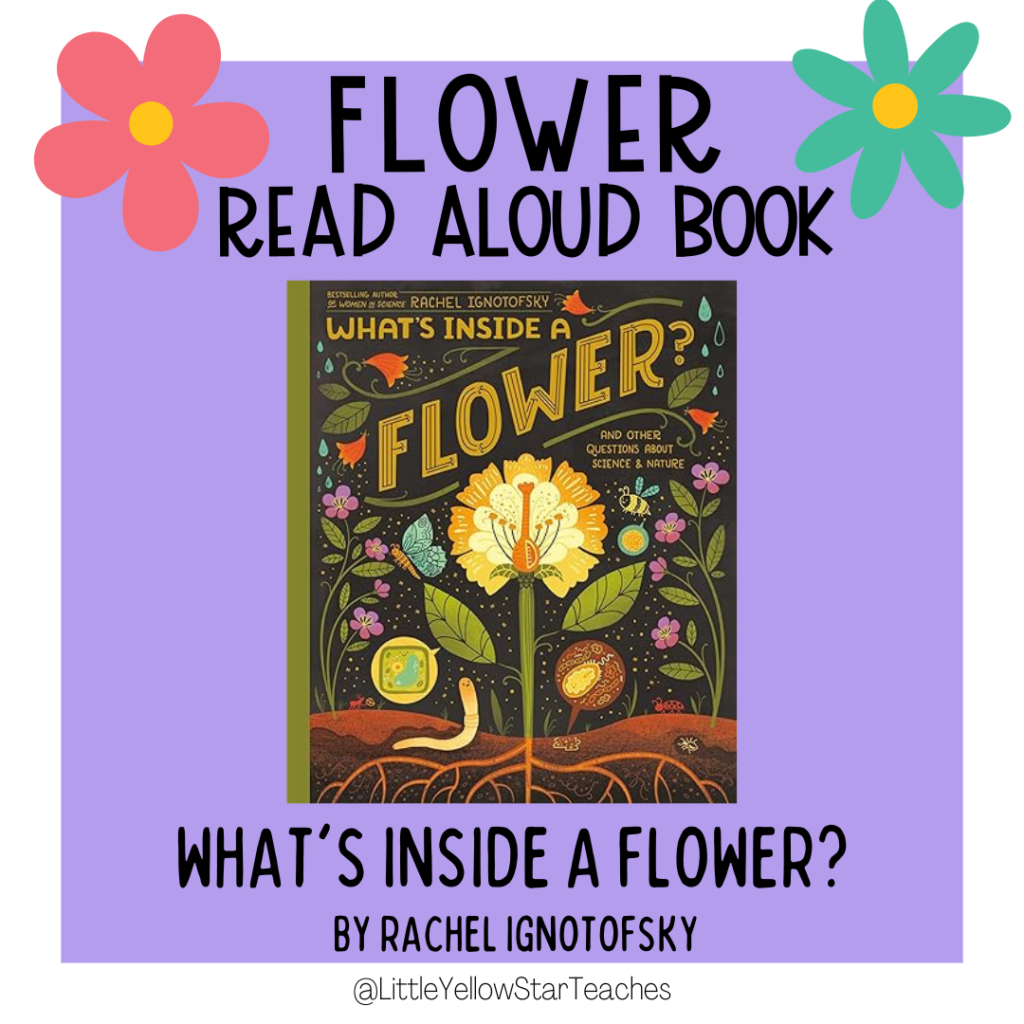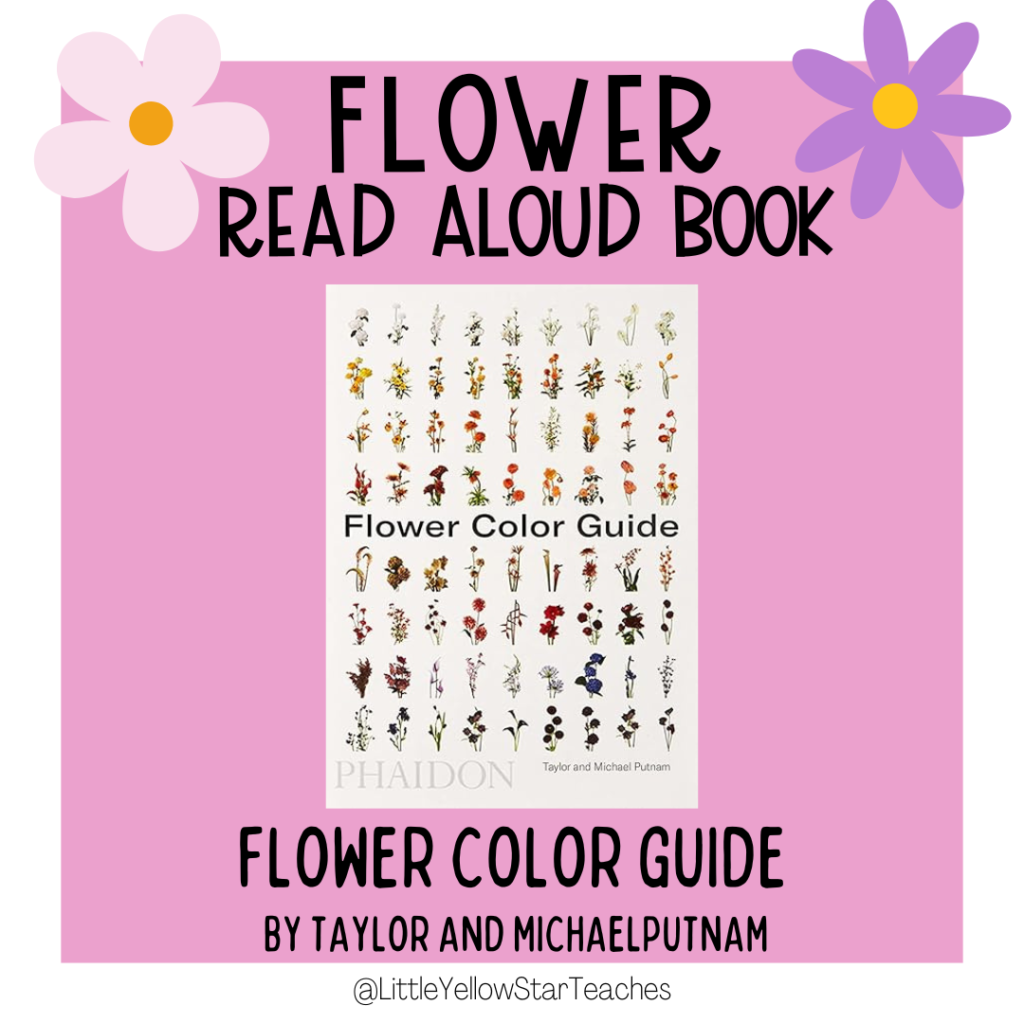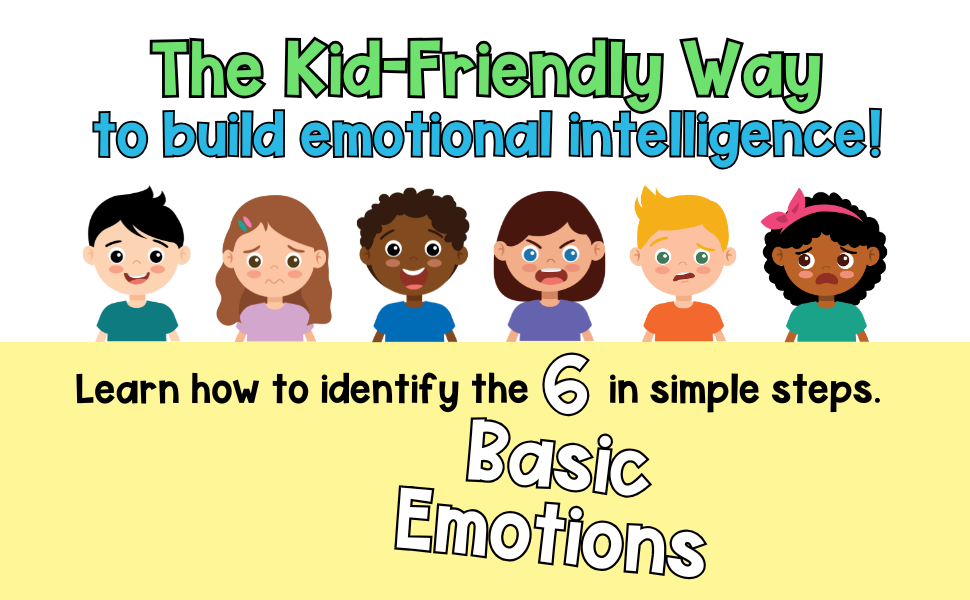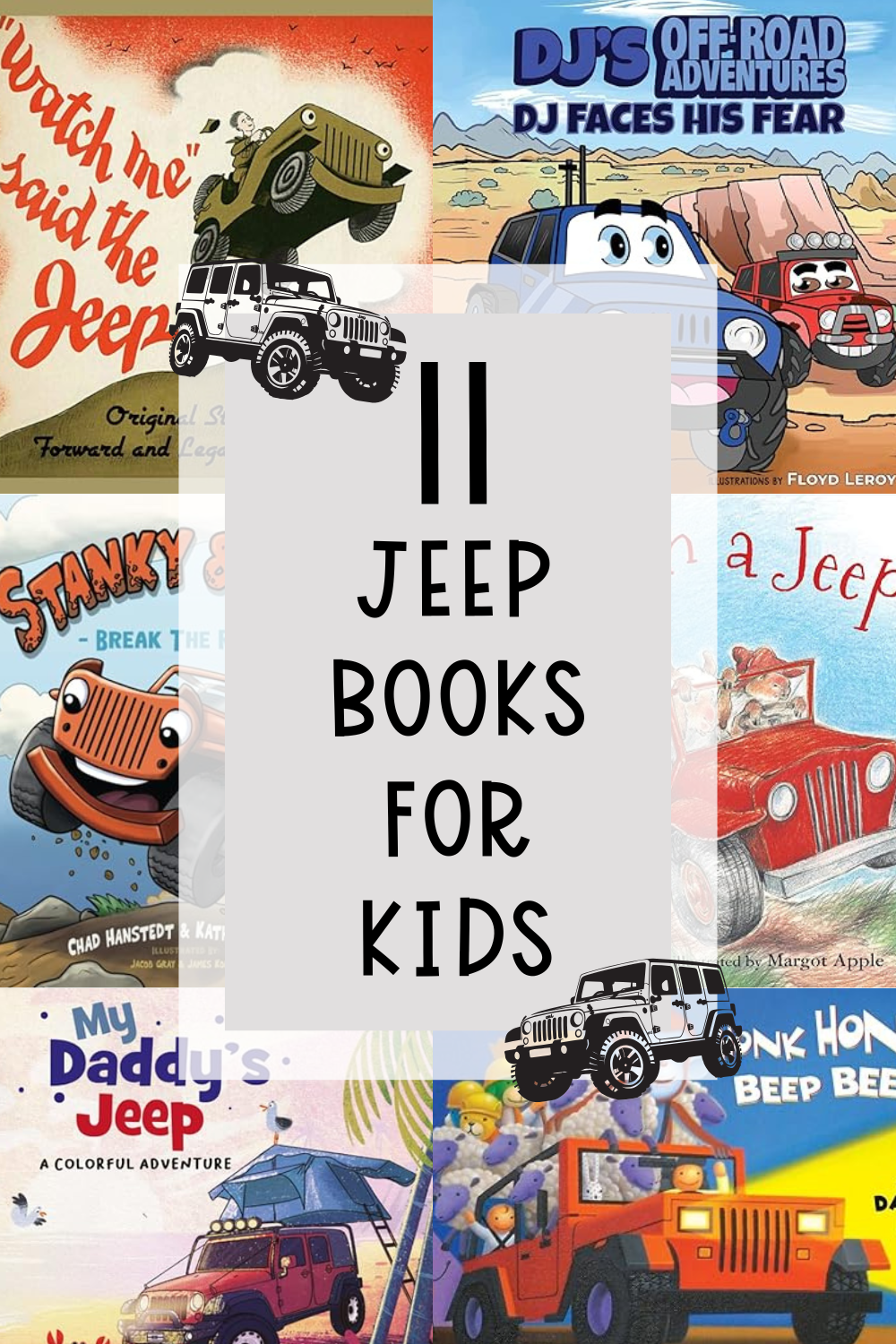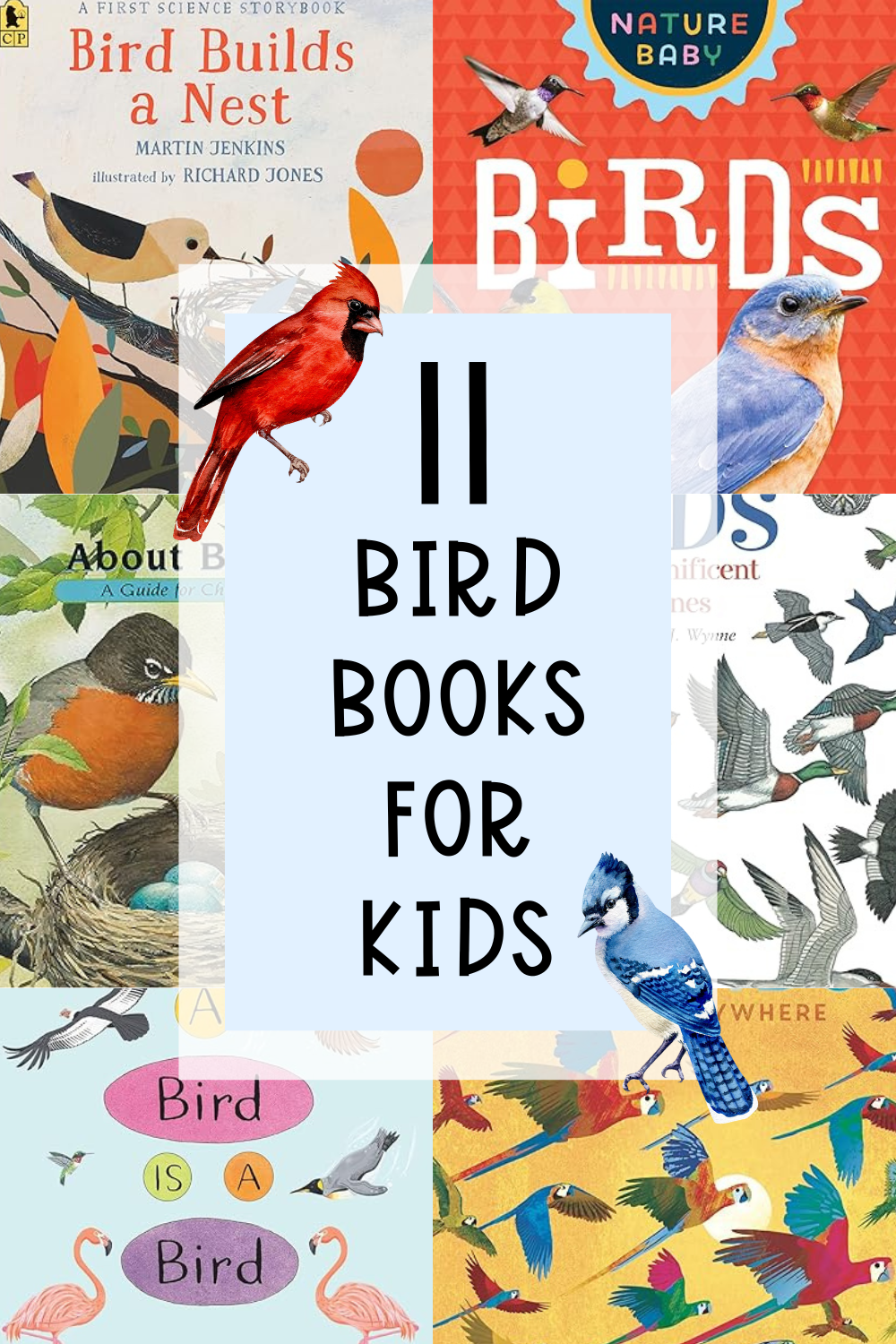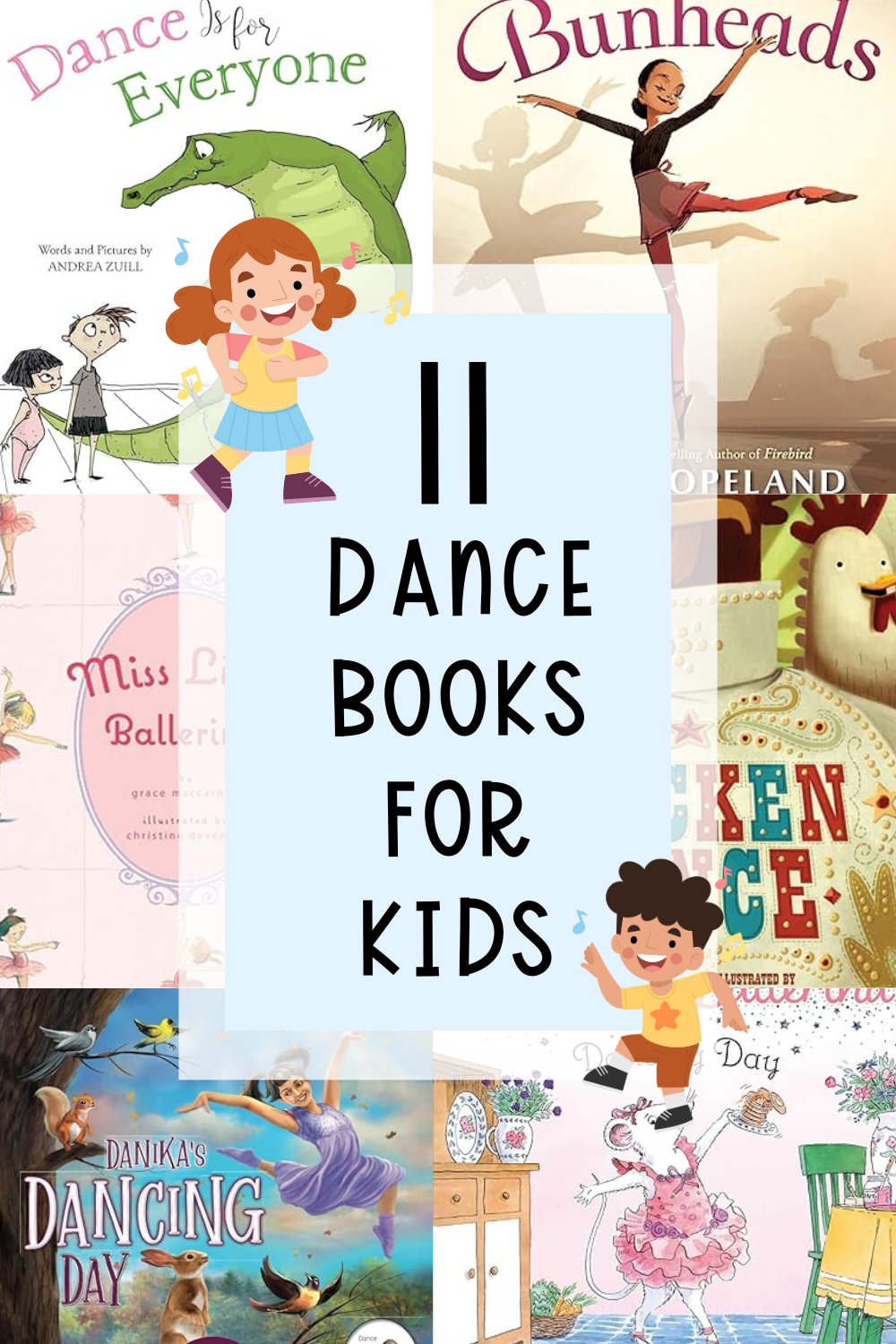***Disclosure: This post contains an Amazon affiliate link that at no additional cost to you, I may earn a small commission when you purchase through the link from my blog. Thank you for your support!
Blooming Stories That Celebrate Nature, Beauty, and Growth
Flowers capture children’s attention with their bright colors, sweet scents, and magical way of popping up in unexpected places. Whether in a garden, a park, or a storybook, flowers offer a gentle way to connect kids with nature—and each other. Books about flowers are perfect for teaching kids about growth, beauty, and resilience.
In this post, I’m sharing my favorite flower books for kids, organized by age group. I’ve also included fun, nature-inspired activities and discussion questions to help young readers explore the world of blooms. Let me know which flower-themed book you and your little readers enjoy most!
Table of Content
- Why Read Books About Flowers?
- The Role of Books in Teaching Kids about Flowers
- 11 Flower Books For Children
- What Flower Book(s) Are You Going To Read Later?
Why Read Books About Flowers?
Flower books are full of wonder and gentle lessons.
They introduce children to the magic of the natural world while encouraging curiosity, observation, and care for the environment. Whether a story is about planting a garden, watching a bud bloom, or using flowers to show love, these books are filled with rich vocabulary and meaningful themes.
Reading about flowers helps kids connect with the outdoors, appreciate beauty in small things, and reflect on their own growth and emotions.
The Role of Books in Teaching Kids about Flowers
Books about flowers are more than pretty pictures—they often explore powerful ideas like patience, change, empathy, and hope.
Characters may plant seeds and wait for them to grow, discover community through gardening, or learn how to nurture both plants and friendships. Many stories introduce science concepts like plant parts, the life cycle, pollination, and seasonal change in accessible and engaging ways.
Whether fiction or nonfiction, flower books help kids bloom in both knowledge and kindness.
How to Use Books about Flowers with Children
Here are a few ways to make flower-themed stories even more engaging and memorable:
- 🌸 Ask Open-Ended Questions: After reading, ask: What’s your favorite flower and why? or What do you think it takes to help something grow? In a group, try Turn and Talk to get kids sharing their thoughts and experiences.
- 🎨 Engage in Flower-Themed Activities: Make tissue paper flowers, press real blooms into journals, or create a classroom or windowsill garden. You could also do flower painting with celery stalks or create a flower observation journal during springtime walks!
- 📚 Refer Back to the Books: During science lessons, art time, or emotional check-ins, bring up moments or quotes from the stories. For example, Remember when the character had to wait patiently for her flower to grow? That’s resilience!
- 👩🌾 Involve Other Caregivers: Encourage families to read flower books together and go on nature walks to spot real flowers in their neighborhood. Share simple planting activities or flower crafts to do at home as a follow-up.
11 Flower Books For Children
Younger Children (Ages 3-6)
#1 “Mrs. Peanuckle’s Flower Alphabet” by Mrs. Peanuckle
“Mrs. Peanuckle’s Flower Alphabet” by Mrs. Peanuckle is a delightful board book that introduces young children to 26 different types of flowers, from asters to zinnias. Each page features a letter of the alphabet accompanied by a flower, offering a fun and educational way for children to learn about both the alphabet and the natural world. The book is filled with bold, colorful illustrations and engaging text that makes learning about flowers enjoyable for both kids and adults.
Why Read: The book emphasizes themes of nature appreciation, early literacy, and discovery. It encourages children to explore and learn about the natural world, fostering a sense of curiosity and wonder. The vibrant illustrations and simple descriptions make it accessible for very young readers, helping them connect letters with beautiful and diverse flowers from around the globe.
- Activity Idea: Organize a scavenger hunt where children can find and identify flowers from the book in a garden or park. This activity encourages outdoor exploration and reinforces the names and appearances of different flowers.
- Questions To Ask:
- What are some of the flowers you learned about in the book?
- How do the illustrations help you remember the different flowers?
- What is your favorite flower from the book, and why?
#2 “Little Sunflower” by IglooBooks
“Little Sunflower” by IglooBooks is a charming and simple board book that tells the story of a sunflower growing from a tiny seed into a tall, blooming flower. The book is designed for very young readers, featuring bright and engaging illustrations that capture the sunflower’s journey through the seasons. It introduces basic concepts of growth and change in nature.
Why Read: The book focuses on themes of growth, nature, and the life cycle of plants. It provides a gentle introduction to the concept of seasons and how plants develop over time. The simple narrative and vivid illustrations make it an ideal book for toddlers and preschoolers, encouraging them to observe and appreciate the natural world.
- Activity Idea: Plant sunflower seeds in small pots or a garden. Children can care for their plants and watch them grow, mirroring the story’s progression.
- Questions To Ask:
- How does the sunflower grow from a seed in the book?
- What changes happen to the sunflower as it grows?
- How do the illustrations show the different seasons?
#3 “Planting a Rainbow” by Lois Ehlert
“Planting a Rainbow” by Lois Ehlert is a vibrant picture book that teaches children about colors and gardening. The book follows a mother and child as they plant a rainbow of flowers in their garden, starting with bulbs and seeds and watching them grow into a colorful display. Each page features bold, cut-paper illustrations that show flowers in every color of the rainbow.
Why Read: The book emphasizes themes of color recognition, gardening, and the beauty of nature. It encourages children to learn about different types of flowers and the process of planting and growing a garden. The colorful illustrations and simple text make it a joyful and educational read for young children, fostering an appreciation for nature’s diversity.
- Activity Idea: Create a collage using images of flowers cut from magazines or printed from the internet. Arrange them in the shape of a rainbow to reinforce color recognition and artistic creativity.
- Questions To Ask:
- What colors of flowers did you see in the book?
- How do the illustrations show the process of planting and growing flowers?
- What is your favorite flower color, and why?
Lower Elementary Children (Ages 7-9)
#4 “Wildflowers Grow” by Amber Hendricks
“Wildflowers Grow” by Amber Hendricks, illustrated by Gavin Scott, is a delightful board book that takes young readers on a rhyming journey through the lifecycle of wildflowers. The book introduces the interconnectedness of nature, showing how seeds sprout, flowers bloom, and various creatures interact with them. With expressive lines and vibrant illustrations, it captures the beauty and wonder of wildflowers growing through the changing seasons.
Why Read: The book highlights themes of growth, nature’s interconnectedness, and the magic of the natural world. It emphasizes the importance of each element in the ecosystem, from seeds sleeping underground to the blooming of flowers and the role of insects and animals in this process. The poetic text and engaging illustrations make it an educational and enchanting read for young children.
- Activity Idea: Take a nature walk to observe wildflowers and other plants. Children can collect samples, draw pictures, or take photographs to document the different types of flowers they find.
- Questions To Ask:
- What are the steps a seed goes through to become a wildflower?
- How do the illustrations help you understand the growth process of wildflowers?
- What role do insects and animals play in helping wildflowers grow?
#5 “The Flower Alphabet Book” by Jerry Pallotta
“The Flower Alphabet Book” by Jerry Pallotta, illustrated by Leslie Evans, is an educational picture book that introduces children to a variety of flowers, each representing a different letter of the alphabet. The book combines informative text with beautiful illustrations to teach children about different types of flowers, their characteristics, and interesting facts about each one.
Why Read: The book focuses on themes of literacy, nature appreciation, and botanical knowledge. It encourages children to explore the diversity of flowers and learn the alphabet in a fun and engaging way. The detailed illustrations and descriptive text make it a valuable resource for young readers interested in plants and gardening.
- Activity Idea: Have children draw and color their favorite flowers from the book, using the illustrations as a guide. This activity combines art with botanical learning.
- Questions To Ask:
- What are some of the flowers you learned about in the book?
- How do the illustrations help you remember the different flowers and their characteristics?
- What is your favorite flower from the book, and why?
#6 “Wildflower” by Melanie Brown
“Wildflower” by Melanie Brown, illustrated by Sara Gillingham, is a touching picture book about a daisy named Daisy who is told she is “just a weed” by a more prominent flower, Rose. As Daisy embarks on a journey of self-discovery, she meets other plants labeled as weeds, such as Sweet Pea, Blackberry Vine, Dandelion, and Clover. Together, they realize that every plant, no matter how it’s categorized, has its place and beauty in the garden. The book’s message focuses on self-acceptance and finding one’s place in the world despite the labels others may place on us.
Why Read: The book deals with themes of self-acceptance, diversity, and the importance of every individual within an ecosystem. It teaches children about the concept of weeds versus cultivated plants and emphasizes that all plants, like all people, have value and beauty. The narrative encourages children to embrace their unique qualities and stand tall despite challenges and negative labels.
- Activity Idea: Create a discussion or a small project where children learn about common “weeds” and their benefits to the garden ecosystem. This activity promotes a deeper understanding of biodiversity and plant roles.
- Questions To Ask:
- How did Daisy feel when Rose called her a weed?
- What did Daisy learn from Sweet Pea and the other “weeds” she met?
- Why is it important to embrace our unique qualities?
Check Out Capybara-Theme Daily Reflection Journals For Kids!
#7 “The Big Book of Blooms” by Yuval Zommer
“The Big Book of Blooms” by Yuval Zommer is an enchanting exploration of the world’s most spectacular flowers. The book features vivid, detailed illustrations and informative text that introduce children to a wide variety of blooms, from the tiniest buds to the largest and most exotic flowers. It covers fascinating facts about each flower, their habitats, and the creatures that interact with them.
Why Read: The book emphasizes the diversity and beauty of flowers around the world. It teaches children about different species, their ecological roles, and the interdependence between plants and animals. The engaging illustrations and fun facts make it a captivating educational resource that fosters a love for nature and curiosity about the plant kingdom.
- Activity Idea: Create fact cards for different flowers featured in the book. Children can draw the flowers and write interesting facts about them, reinforcing what they have learned.
- Questions To Ask:
- What are some of the most interesting flowers you learned about in the book?
- How do flowers interact with their environment and other creatures?
- What is your favorite flower from the book, and why?
Upper Elementary Children (Ages 9-11)
#8 “The Boy Who Grew Flowers” by Jen Wojtowicz
“The Boy Who Grew Flowers” by Jen Wojtowicz is a beautifully illustrated picture book that tells the story of Rink Bowagon, a boy who sprouts flowers from his body during full moons. Rink lives on Lonesome Mountain with his unusual family, who are rumored to have extraordinary abilities. At school, Rink is ostracized until he befriends Angelina, a new girl who also has a unique characteristic. Together, they find acceptance and friendship, celebrating their differences. This story is inspired by the author’s relationship with her autistic brother, adding a personal touch to its message of empathy and inclusion.
Why Read: The book explores themes of individuality, acceptance, and the beauty of differences. It encourages children to embrace what makes them unique and to show kindness and understanding towards others. The luminous illustrations and heartfelt narrative create a magical yet relatable story that resonates with readers of all ages.
- Activity Idea: Plant flowers in small pots and care for them, watching them grow just like Rink’s flowers. This activity teaches children about the growth process and the importance of nurturing living things.
- Questions To Ask:
- How does Rink feel about his ability to grow flowers, and how does it affect his life at school?
- What makes Angelina different, and how does she respond to Rink?
- How do the illustrations help tell Rink and Angelina’s story?
#9 “What’s Inside A Flower? by Rachel Ignotofsky
“What’s Inside A Flower?” by Rachel Ignotofsky is a beautifully illustrated nonfiction book that delves into the inner workings of flowers. It explains the parts of a flower, how they grow, and their role in the ecosystem. The book is filled with detailed diagrams and engaging text, making complex botanical concepts accessible and interesting for young readers.
Why Read: The book highlights themes of scientific discovery, the beauty of nature, and the importance of understanding the natural world. It fosters a sense of curiosity and wonder about plant life, encouraging children to look more closely at the flowers around them. The detailed illustrations and straightforward explanations make it an educational resource that supports STEM learning.
- Activity Idea: Dissect a flower and identify its parts, using the book’s illustrations as a guide. This hands-on activity helps children understand the anatomy of flowers.
- Questions To Ask:
- What are the different parts of a flower, and what are their functions?
- How do flowers contribute to the ecosystem?
- What did you find most interesting about the way flowers grow?
#10 “Trees, Leaves, Flowers and Seeds: A Visual Encyclopedia of the Plant Kingdom” by DK & Smithsonian Institution
“Trees, Leaves, Flowers and Seeds: A Visual Encyclopedia of the Plant Kingdom” by DK, with contributions from the Smithsonian Institution, is a comprehensive visual guide that explores the fascinating world of plants. The book is packed with over 1,000 images and detailed diagrams that cover various aspects of the plant kingdom, from the smallest seeds to the tallest trees. It includes fun facts and explanations about plant growth, unique adaptations, and ecological roles.
Why Read: The book emphasizes themes of biodiversity, ecological interdependence, and the wonder of plant life. It uses a highly visual approach to make learning engaging and accessible, showcasing the beauty and complexity of plants. The inclusion of quirky and interesting facts about strange and unique plants helps foster curiosity and a deeper appreciation for the natural world.
- Activity Idea: Take children on a walk in a local park or garden to identify different trees, leaves, flowers, and seeds using the book as a reference. This hands-on activity helps reinforce their learning and observation skills.
- Questions To Ask:
- What are some of the most interesting plants you learned about in the book?
- How do plants adapt to different environments?
- What role do plants play in their ecosystems?
#11 “Flower Color Guide” by Taylor and Michael Putnam
“Flower Color Guide” by Taylor and Michael Putnam is an essential reference book for flower enthusiasts, florists, and gardeners. It is the first reference guide to organizing flower types by color, showcasing 400 flowers in every shade, from common varieties to rare and exotic blooms. Each flower is photographed in a simple, elegant style, making it easy to compare and contrast colors and types.
Why Read: The book highlights themes of color theory, floral design, and botanical diversity. It is a practical resource for anyone involved in flower arranging or gardening, providing inspiration and guidance for creating beautiful floral displays. The focus on color allows readers to understand how different flowers can be combined harmoniously in arrangements.
- Activity Idea: Collect and press flowers of different colors, creating a pressed flower collection or art project. This activity helps preserve the beauty of flowers and teaches about their structure.
- Questions To Ask:
- What are some of the most striking flower colors you discovered in the book?
- How can understanding flower colors help in creating beautiful arrangements?
- What did you learn about rare and exotic flowers?
What Flower Book(s) Are You Going To Read Later?
Flower books for kids help little minds and hearts grow—just like a garden. Whether your readers are learning how plants grow, exploring their feelings, or just enjoying a colorful tale, these stories are sure to bloom with meaning.
Which flower-themed book is blossoming on your reading list? Tag me on Instagram @LittleYellowStarTeaches and share your favorite floral reads, crafts, or garden adventures!
Keep growing and keep reading,
Prima at LittleYellowStar
* * *


